There are more interesting articles, commentaries and analyst reports on the Web every week than anyone could read in a month.
Each Saturday morning I like to share some of the ones I’ve read during the week.
The weekend will be over before you know it, so enjoy some weekend reading…and please forward to your friends by clicking the social link buttons.
Brisbane apartment ‘hot boxes’ not suited for local climate, QUT research suggests
Apartments are being built a dime a dozen these days and the sunny state of Brisbane is no exception – the question is are they suitable for the local climate?
An article on Domain.com.au suggests that Brisbane’s hot and more humid climate has not is not being taken into consideration by the architecture of these builds, making them far from suitable.
Much of Brisbane’s new apartment stock is not built to handle the city’s sub-tropical climate, leaving residents short-changed in an attempt to keep cool, new r
esearch suggests.
Of nearly 4000 planned apartments in 15 developments studied by QUT Associate Professor Rosemary Kennedy, the majority did not have necessary architectural solutions to deal with sub-tropical heat.
The largest developments were the worst offenders, she said. None of the buildings examined were in the CBD.
Apartments in Brisbane tend to be more focused on views and glamour, Professor Kennedy said.
“I think the supremacy of the view is being used as a marketing tool,” she said.
“They seem to be designed for short-term living.”
Sustainability consultant Valerie Bares, of ESC Consulting, agreed with Professor Kennedy.
“From a developer’s side of things there’s a perception that building a climate responsive building will be more expensive, so they won’t make as much profit,” she said.
“I think we’re starting to see a trend now where people are becoming more environmentally aware but I don’t think that’s yet translated to demand for that type of product.”
Professor Kennedy is concerned the long-term value of the houses would take a hit as energy costs continued to rise and climate control became more expensive, Professor Kennedy warned, adding that many residents would pay for energy they did not need.
Read the full article here
Why positive cash flow property is not a strategy + What adds value and what doesn’t + Where are you on the 5 wealth levels?
Another great Real Estate Talk show produced by Kevin Turner.
Michael Yardney believes that as investors take their investment journey, they fit into one of five levels of wealth – Find out where you fit.
Andrew Mirams tells us what valuers look for in a property and his thoughts may just help you get your next investment property over the line with the lender.
Gavin Hulcombe tells us what he thinks adds value to a property and what doesn’t.
Margaret Lomas explains why positive cash flow property investment is not a strategy and how the same property, if owned by two different investors, could deliver a totally different outcome.
Ed Chan answers a question from Robyn – She is confused about some conflicting advice on the available tax benefits on replaced items in an investment property.
If you don’t already subscribe to this excellent weekly internet based radio show do so now by clicking here.
Sydney and Melbourne driving the national economy
There’s no doubt that Sydney and Melbourne are 2 of Australia’s greatest movers and shaker – from tourism, property, to retails and hospitality – but did you know they are driving the national economy?
This Blog by Pete Wargent, looks at the statistics behind the results.
Engines of prosperity
When looking through the figures for the 2014 financial year, I wrote here on Business Insider of my concerns for many parts of regional Australia, with slowing population growth, employment growth, and weak investment all becoming a major worry.
While it’s become popular to deride Sydney and Melbourne as parasite economies (obviously don’t export much in the way of coal, iron ore, and gas) this of course overlooks the services exports that the two largest cities do make in the form of tourism, education, and financial and other services.
For example, Sydney is by far and away by the most visited location by international tourists to Australia, an undisputed champion in this regard, while both of these capital cities have become a key destination for international students.
Moreover, the two cities combined are utterly dominating contributions to economic growth in Australia, with more than two-thirds of the contribution to GDP growth accounted for by only Sydney and Melbourne.
Read the full article here
Top 5 health risks of renovations
Renovation are all the trend these days – but whilst it looks glamorous, there’s definitely a more serious side to consider.
This article on realestateview.com.au lists some of the health risks associated with renovation – whilst this shouldn’t stop you from renovating, it should create a greater sense of awareness.
With the plans drawn up and the papers signed, your renovation is ready to commence.
But before you start removing plaster or knocking down walls, it’s not just the bricks and mortar you need to think about.
Remodelling houses – particularly old houses – can come with risks, and they’re not just physical.
Renovations can pose significant health risks if the necessary precautions are not taken.
Ranging from minor through to serious, and even life-threatening, these are very real risks that can be prevented.
Plan ahead and keep your family safe from the top five renovation health risks.
1. Asbestos
This is a fibrous material that was used as insulation prior to the 1980s when it was discovered that it contained materials that cause cancer.
2. Lead
Another material that is commonly found in older houses, lead is a resource that was used in the 19th century and is commonly linked to paint products.
3. Mould
You have seen the effect of moisture and heat on a loaf of bread; that same effect can happen inside your walls or under your carpets.
4. Dust
Even when it doesn’t carry harmful chemicals or materials, dust is a hazard.
5. Fumes
After surviving ripping up carpet with asbestos, stripping lead-laden paint, removing mould-infested walls and dust from demolitions, there is just one major hazard left to encounter: fumes.
Click here for the full article
Where to find Melbourne’s best Christmas lights
One of the greatest traditions during the Christmas season is seeing all the beautiful lights around the suburbs – But where are the best ones?
According to an article in The Herald Sun – these are Melbourne’s best suburbs for Christmas lighting displays.
SOCIAL media and FOMO is driving a double-barrel boom in extravagant Christmas light displays as crowds flock to see them across Melbourne.
And as more houses light up, neighbours not wanting to miss out are also decorating their homes while easy-to-find online lists, social media posts and apps are directing more and more people to the areas where the best light displays can be found.
MELBOURNE’S BEST
NORTH
118 The Boulevard, Thomastown
42 Gordon Grove, Preston
24 Allumba Dve, St Helena
SOUTH
1 Lulworth Place, Frankston North
151 Dalgetty Rd, Beaumaris
6 Tennis Court, Mornington
EAST
7 Angel Close, Narre Warren
43 Jenola Pde, Wantirna South
88 Parkhill Rd, Kew
WEST
1 Crana Crt, Hoppers Crossing
Wilson Cres, Hoppers Crossing
Santander Cres, Point Cook
Click here for the full article
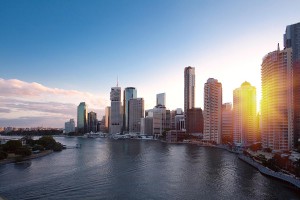 esearch suggests.
esearch suggests.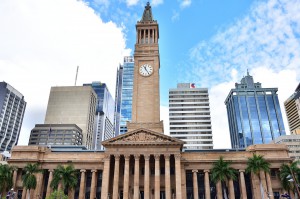
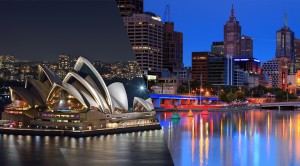
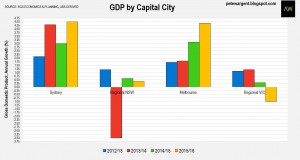

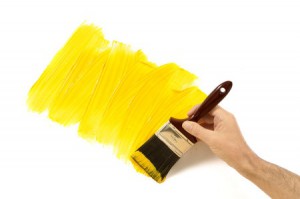



No comments:
Post a Comment